HP ProBook 4 G1a review: A no-frills business machine for the average office
A serious but dull business laptop, however, HP's ProBook 4 is a decent middle-tier machine
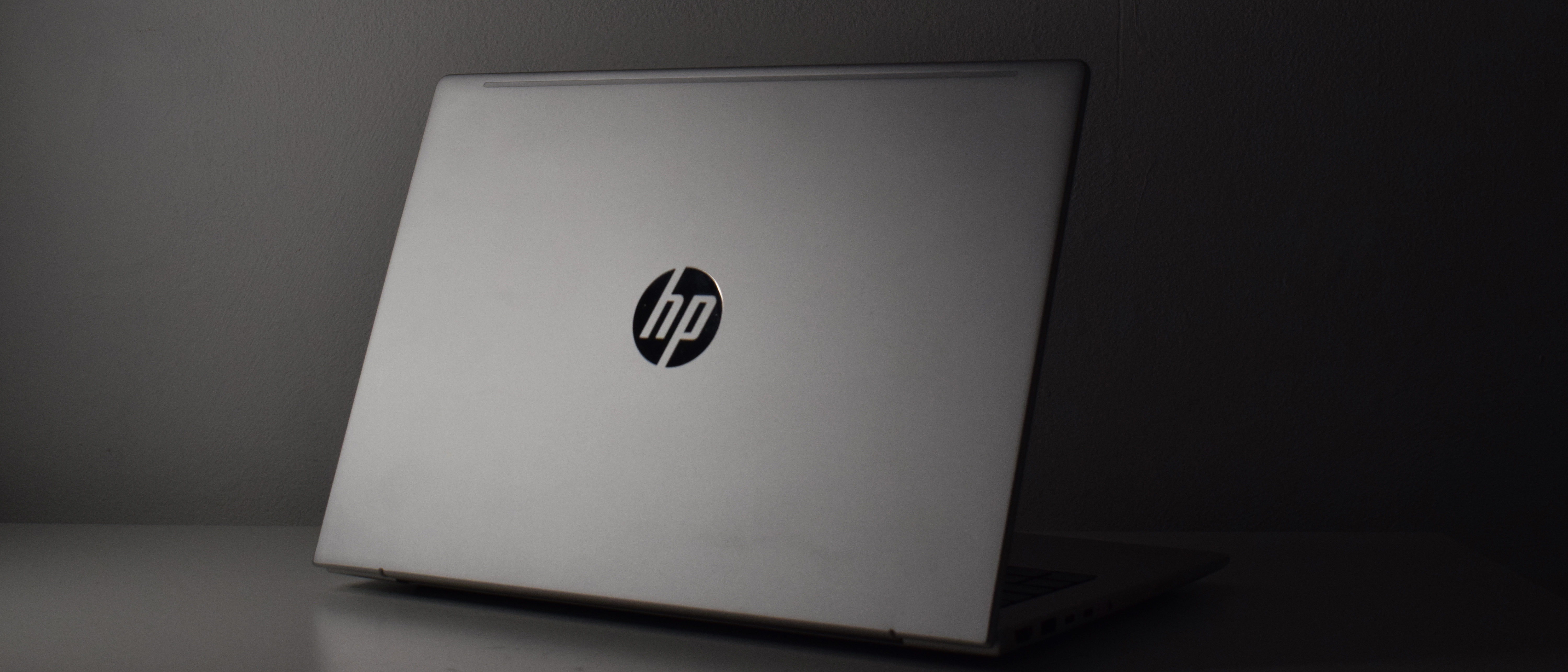
-
+
Smart, professional design
-
+
Lots of storage
-
+
Reliable and durable
-
-
Limited display quality
-
-
No Thunderbolt ports

We don't all need a bright, vibrant display. For many office workers, the job is just about email and spreadsheets. Graphs and analytics. The input of data. That requires a laptop with a decent processor and a long battery life. And that is where HP's ProBook 4 G1a presents itself as a reliable, yet affordable business notebook.
HP has refreshed the ProBook series with both AMD and Intel processors; our review unit came with the AMD Ryzen 7 250 and Radeon 780m graphics and a few new AI capabilities (as all laptops apparently do, nowadays). There are 16in models, but we have the 14in one, which will set you back around $1199 (£948).
HP ProBook 4 G1a: Design
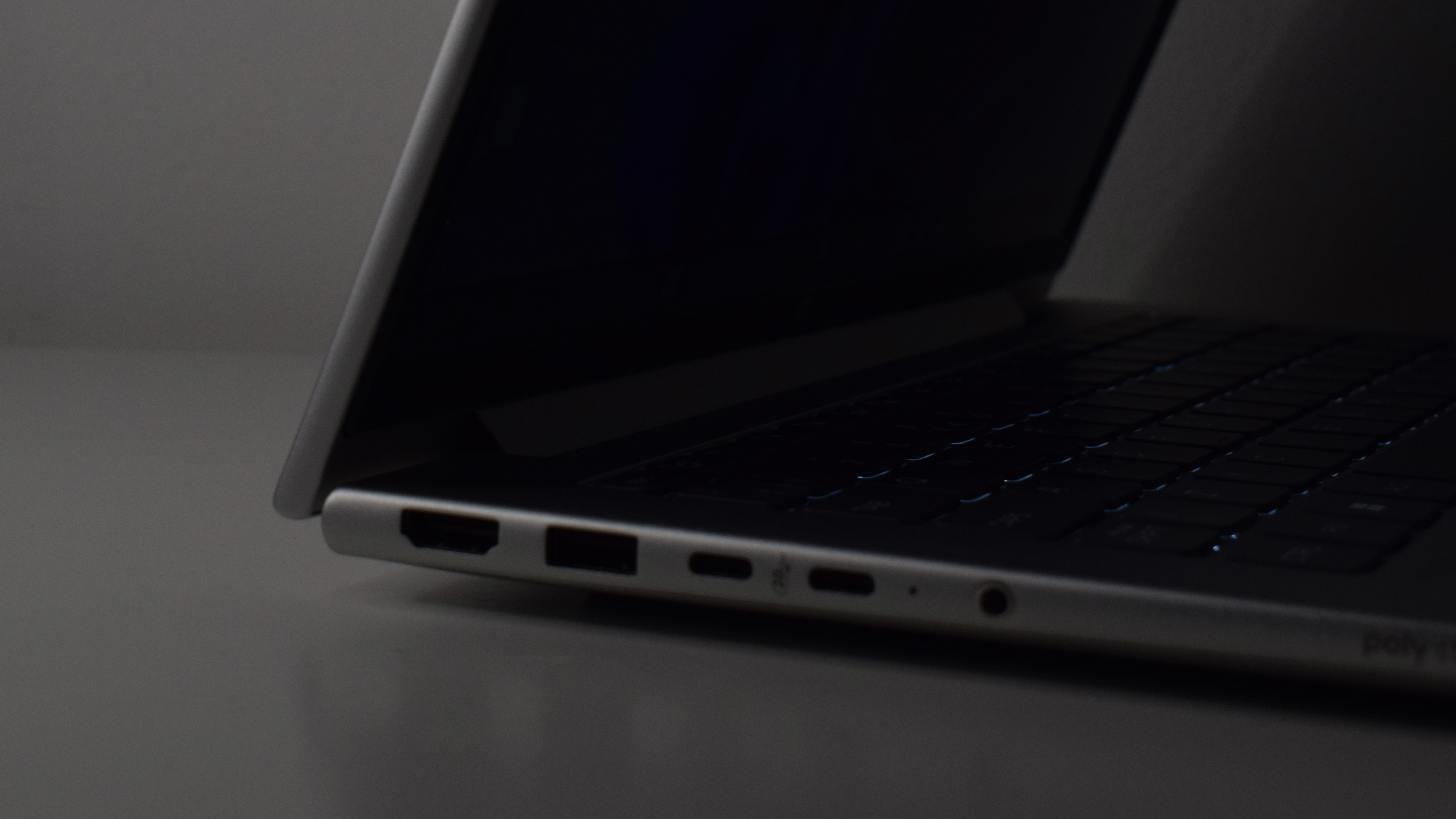

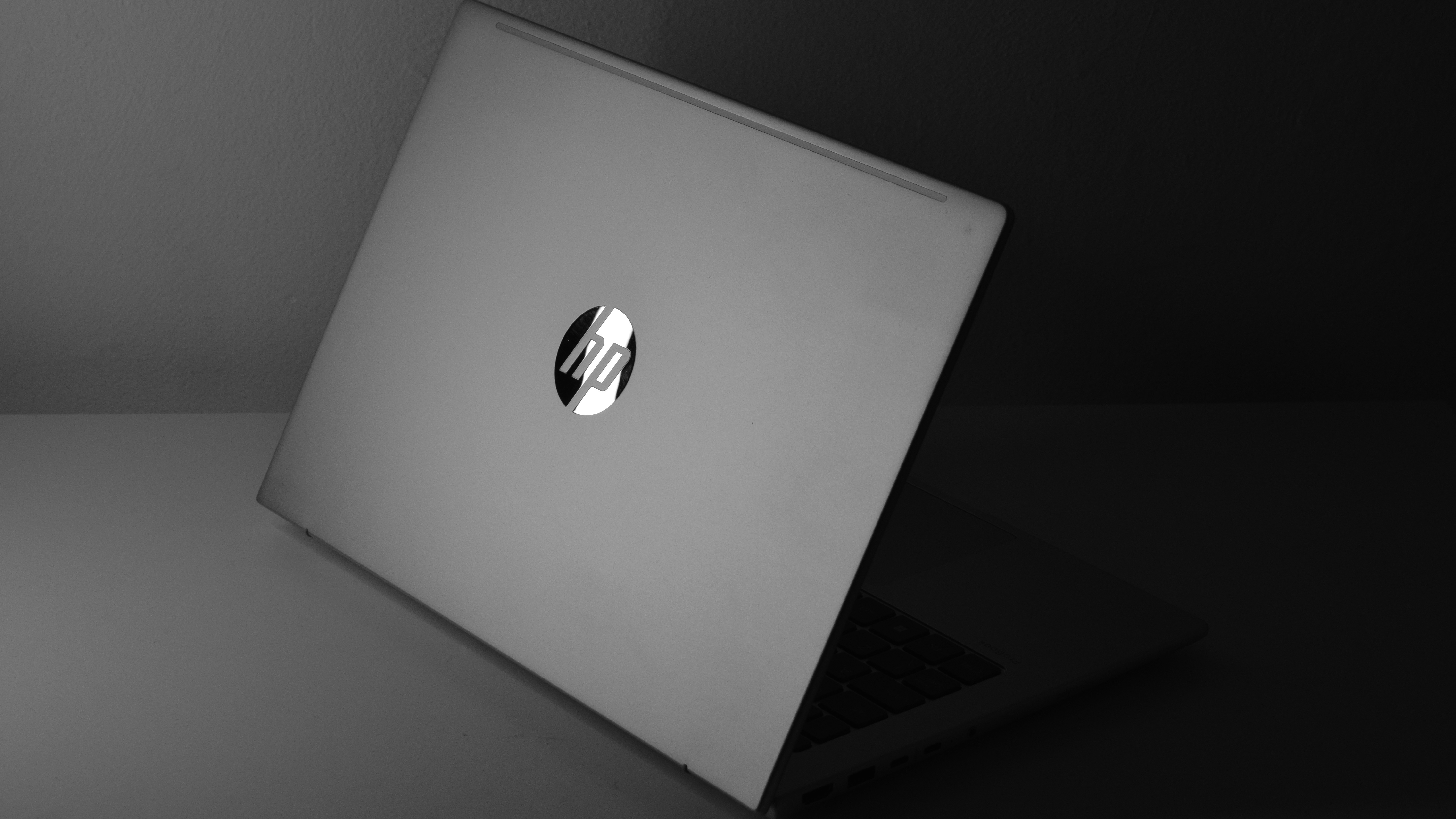
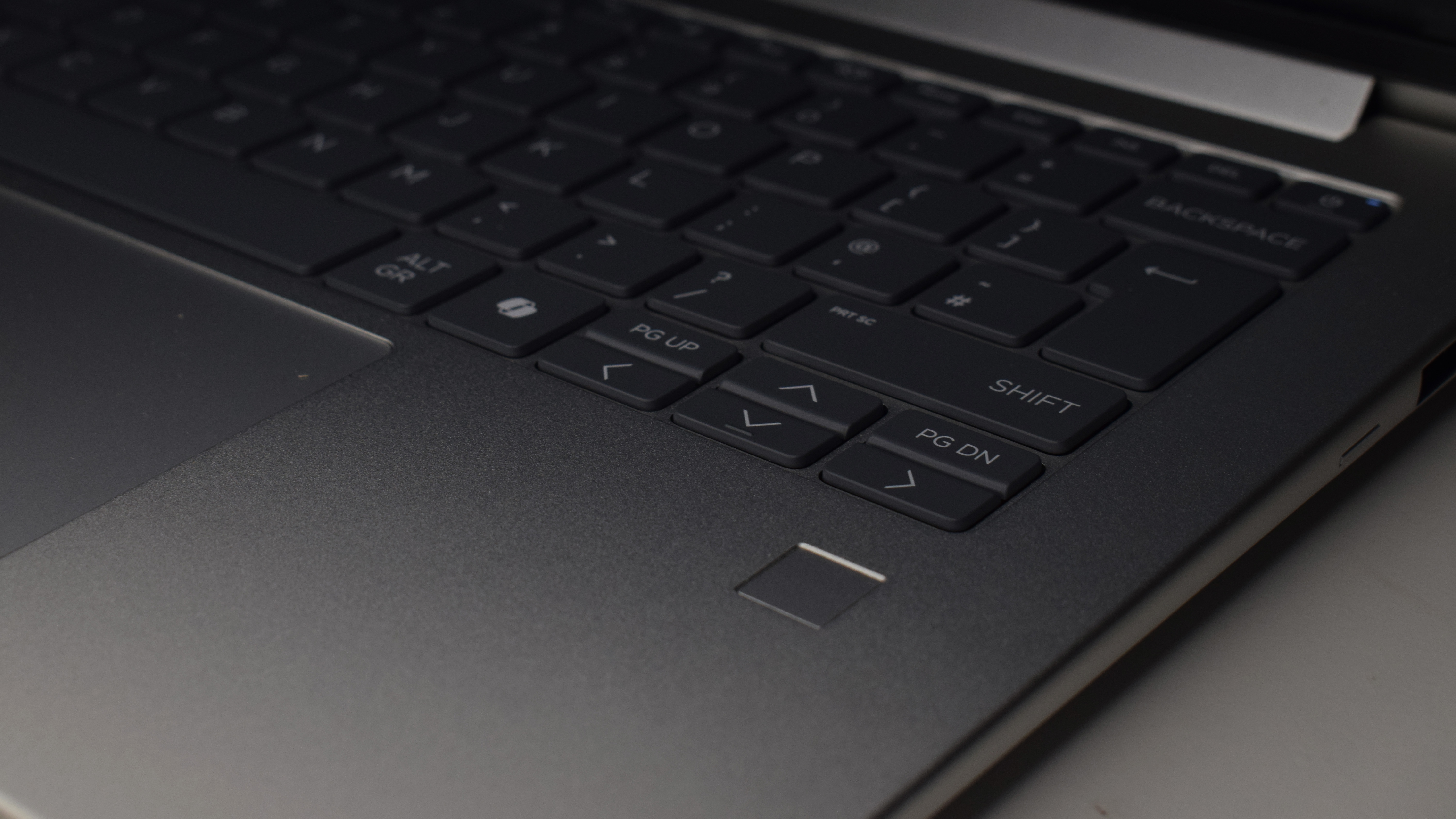

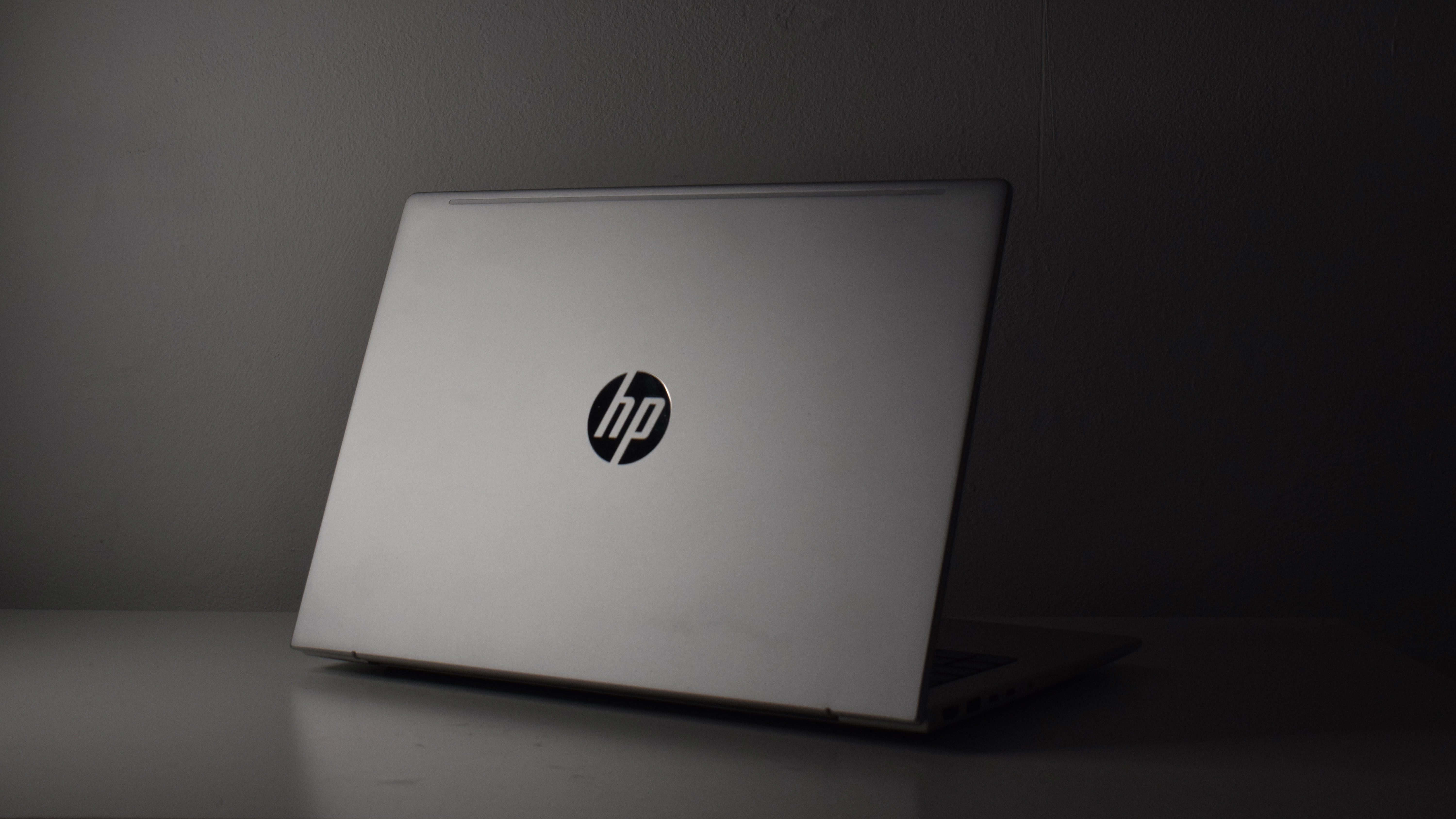

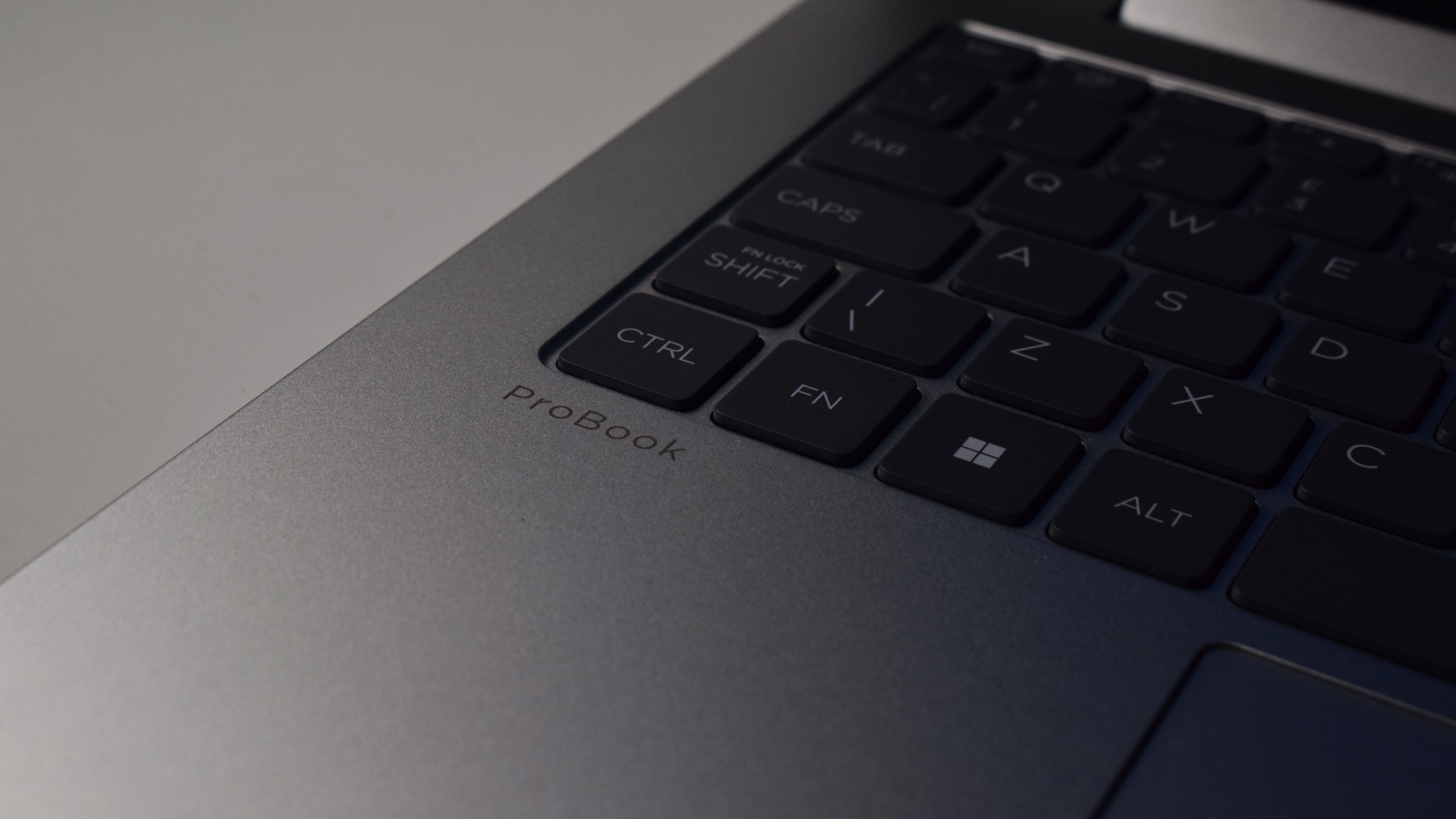

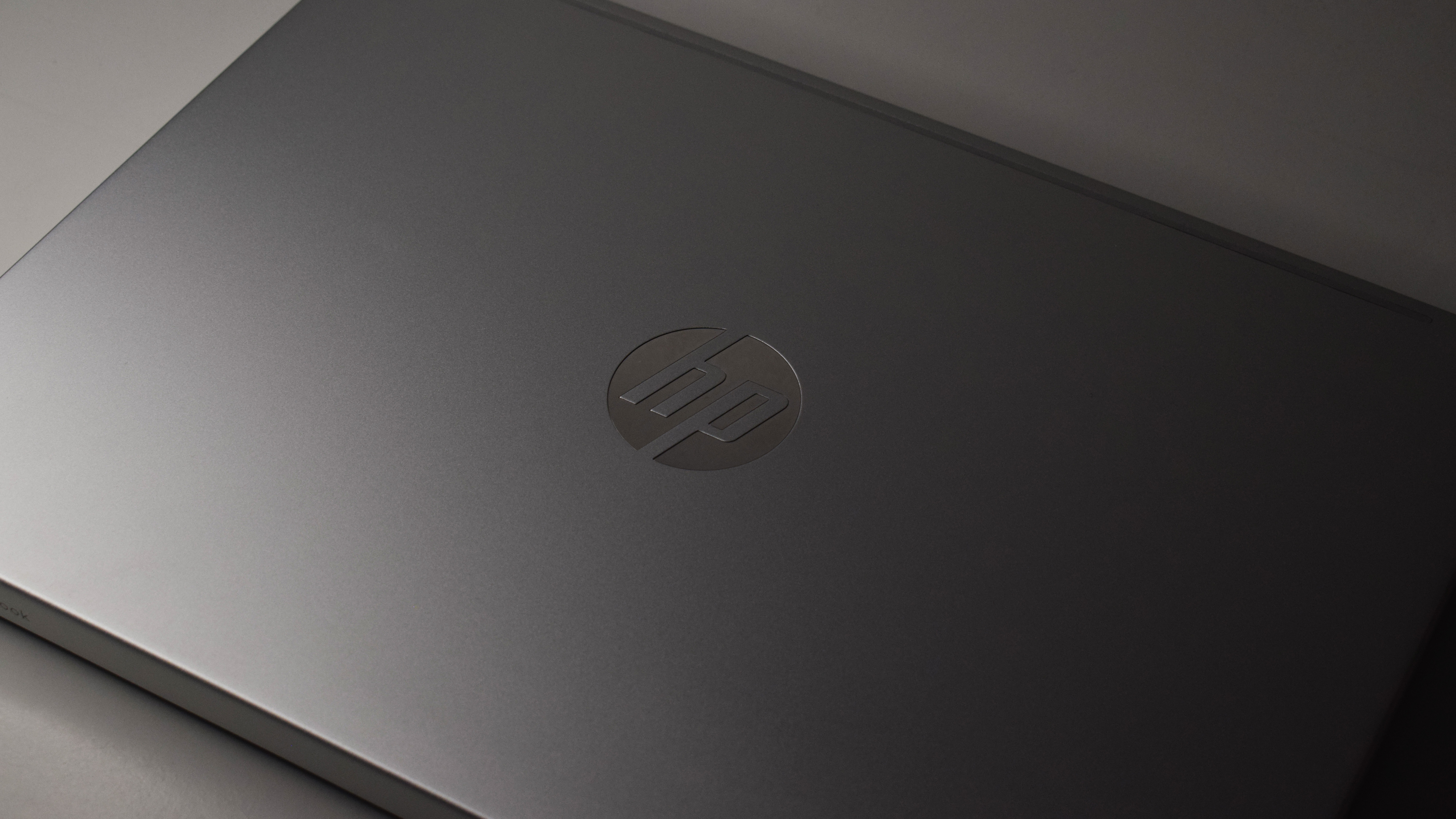
The HP ProBook 4 doesn't push any boundaries with its design. We would describe it as professional and smart, if not particularly flashy or memorable. It isn't for the front-of-house, but it is suitable for your average office desk.
Lots of plastic has been used in the making of this device, but it's HP, so you know that's been sustainably sourced. It feels sturdy around the keyboard and underside, but the lid will flex under the slightest pressure. There is also a slight rattle to the underside when tapped.
It is fair to say the ProBook is better to look at than touch, with a couple of nice signatures, such as the Poly logo by the left-hand ports, and the 'ProBook' label under the left side of the keyboard. The power button and fingerprint sensors are two different buttons on the ProBook, with the latter down below the right-hand side of the keyboard.
At 1.40kg, the ProBook is not particularly heavy, easy enough to carry one-handed from room to room. And the device is just 17mm when closed, which is about standard for a budget work machine, though if we consider ports, this is quite impressive. You have two USB Type-C slots for charging and data transfer. Two USB Type-A ports, an HDMI 2.1 slot, a headphone jack, an Ethernet port, and an optional Nano SIM card slot, as well as an integrated security lock slot. All in all, it's a very busy set of sides on the chassis, though despite the amount of options, there's no room for Thunderbolt 4 here.
HP ProBook 4 G1a: Display, keyboard, and trackpad

Display benchmarks for the ProBook 4 1Ga are underwhelming, to say the least, but it isn't really for that. This is not a screen for any kind of graphic or color work. This is a 14in WUXGA LCD panel that can barely stream a movie. The touchscreen element is good, but it could have done with a refresh rate higher than 60Hz.
Sign up today and you will receive a free copy of our Future Focus 2025 report - the leading guidance on AI, cybersecurity and other IT challenges as per 700+ senior executives
With our colorimeter, it registered a measly 53.8% for sRGB gamut color coverage. And its peak brightness was a rather modest 311.77cd/m2 – though we found it to be adequate under reasonably bright conditions.
With the largely plastic chassis, you have a rubbery feeling keyboard; this is a standard HP keyboard, according to the company. Though it does have a spill-resistant, 'durakey' layer. Overall, typing on the HP ProBook is fine, with decent travel and a nice rattly sound as you type.
The trackpad is not great as it's small and stiff to click. And the cursor oddly goes missing on some applications – like Google Docs, where you have to half-guess where it is. It does have a scroll function, which works well, and some other minor smart functions. But overall, it could be better.
HP ProBook 4 G1a: Specs and performance

Inside our ProBook review unit is an AMD Ryzen 7 250 chip, which is part of AMD's 200 series that uses the Hawk Point refresh core. It features eight cores and sixteen threads. Our model came with the top memory spec of 32GB of RAM and 1TB of storage, which enables the machine to handle multiple applications and large files easily.
The Ryzen 7 250 is one of the middle-tier chips in the Ryzen 200 series. It offers efficient AI acceleration and good general performance. You only have 16 TOPS with its NPU, which is sufficient for local AI tasks, like image enhancement and your basic translation features. But it sits in a weird category where it is AI-capable but not exactly fully AI-native – it doesn't meet Microsoft's Copilot+ certification threshold, for example.
In Geekbench 6, the ProBook hit 1921 on single-core tasks and 8093 for multi-core, which is pretty good for the price. It also lasted 10hrs, 18mins looped video test, which is OK. The test is purposely intensive, and in real-life use, the ProBook lasts a full workday. Heavy video editing (which you wouldn't really do on this) drains the battery before lunch.
HP ProBook 4 G1a: Is it worth it?
This is a no-frills laptop, with a lot of its appeal tied up in being durable, reliable, and affordable. The AI capabilities are low, the battery is merely OK, and the display is not worth mentioning. But it does look good, runs smoothly, and does offer a decent typing experience.
If you have an office full of people needing affordable machines that don't scratch easily, have all the juice their workloads need, the ProBook 4 is a great option. It's not exactly fun, but it is a serious business machine.
HP ProBook 4 G1a specifications
CPU | AMD Ryzen 7 250 | Row 0 - Cell 2 |
Graphics | Radeon 780M | Row 1 - Cell 2 |
Display | 14in WUXGA (1920 x 1200), LCD, touchscreen, antiglare | Row 2 - Cell 2 |
RAM | 32GB DDR5-5600 MT | Row 3 - Cell 2 |
Storage | up to 1TB | Row 4 - Cell 2 |
Connectivity | Wi-Fi 7 and Bluetooth 5.4 | Row 5 - Cell 2 |
Ports | 2 x USB 3.2 Gen 2.0 Type-C ports, 1 x USB 3.2 Gen 1.0 Type-A port, 1 x HDMI 2.1, 1 x Headphone/microphone combo jack, 1 x USB 3.2 Gen 1.0 Type-A port, 1 x RJ-45 Ethernet port, 1 x Nano SIM card slot (optional), 1 x Security lock slot (integrated) | Row 6 - Cell 2 |
Dimensions (WDH) | 31.86 x 22.43 x 1.7 cm | Row 7 - Cell 2 |
Weight | 1.40 kg | Row 8 - Cell 2 |
Operating system | Windows 11 Pro | Row 9 - Cell 2 |
Bobby Hellard is ITPro's Reviews Editor and has worked on CloudPro and ChannelPro since 2018. In his time at ITPro, Bobby has covered stories for all the major technology companies, such as Apple, Microsoft, Amazon and Facebook, and regularly attends industry-leading events such as AWS Re:Invent and Google Cloud Next.
Bobby mainly covers hardware reviews, but you will also recognize him as the face of many of our video reviews of laptops and smartphones.
-
 Alteryx names former Salesforce, Oracle strategist as new global technology alliances lead
Alteryx names former Salesforce, Oracle strategist as new global technology alliances leadNews The former Salesforce and Oracle leader will spearhead Alteryx’s partner strategy as the vendor targets deeper ecosystem collaboration
By Daniel Todd Published
-
 Microsoft quietly launches Fara-7B, a new 'agentic' small language model that lives on your PC — and it’s more powerful than GPT-4o
Microsoft quietly launches Fara-7B, a new 'agentic' small language model that lives on your PC — and it’s more powerful than GPT-4oNews The new Fara-7B model is designed to takeover your mouse and keyboard
By Nicole Kobie Published
-
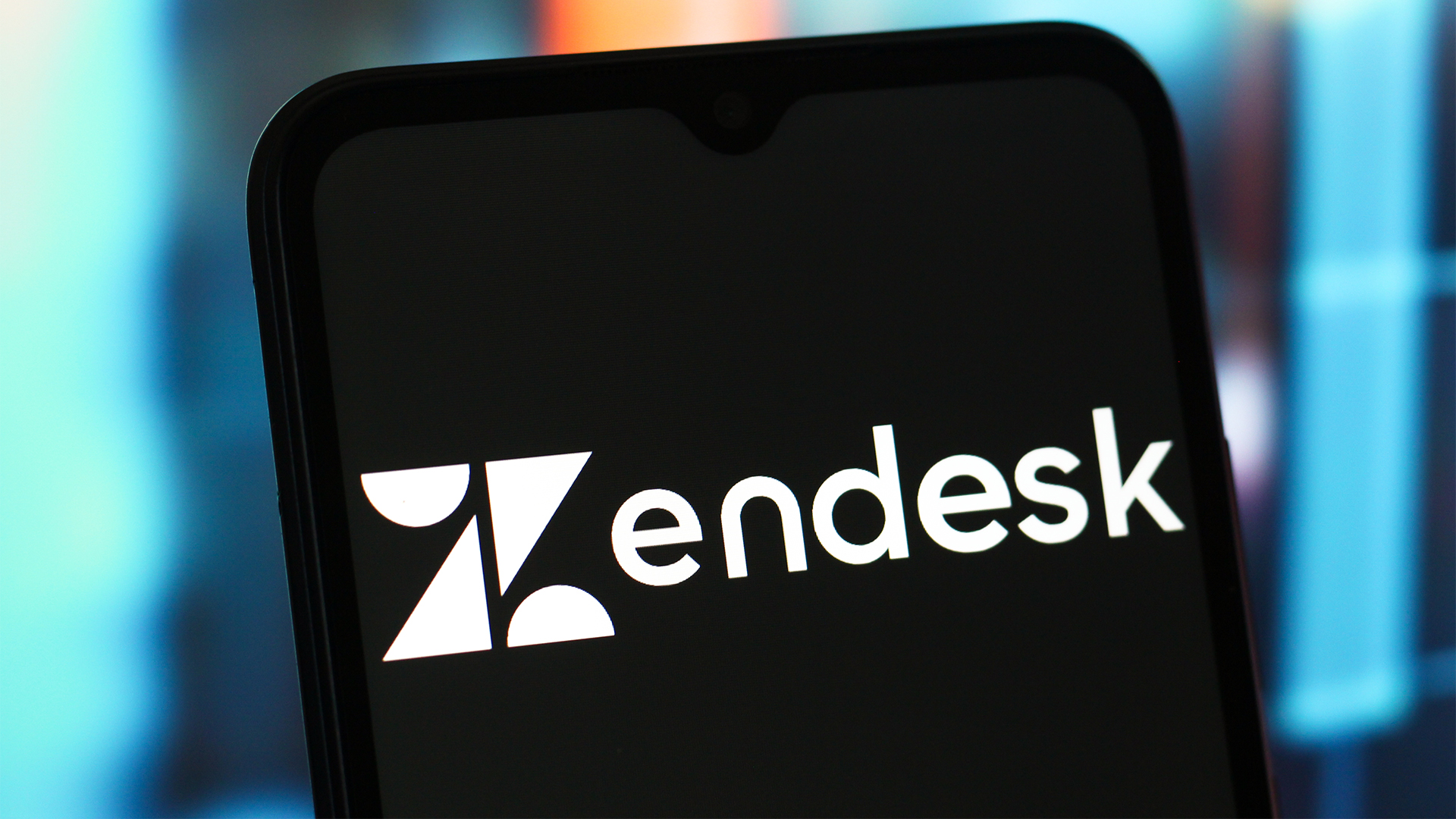 The Scattered Lapsus$ Hunters group is targeting Zendesk customers – here’s what you need to know
The Scattered Lapsus$ Hunters group is targeting Zendesk customers – here’s what you need to knowNews The group appears to be infecting support and help-desk personnel with remote access trojans and other forms of malware
By Emma Woollacott Published
